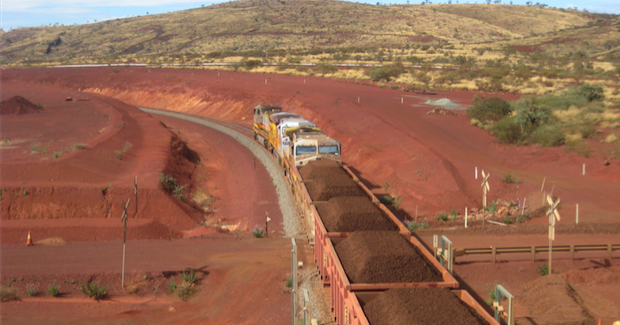Australia Risks Isolation from Regional Trade

Amid a rapidly changing trading landscape, Australia must not settle for a Chinese or Japanese dominated Asia-Pacific trade strategy. Participation in multiple regional trading agreements and greater openness to foreign direct investment—particularly when it comes to agriculture— may enable Australia to benefit most.
The move over the past decade back to bilateral trading frameworks from the once ubiquitous World Trade Organization is significant. With the Doha Round stalled, nations now largely accept that they must trade within a non-plurilateral world.
In accepting the terms of this new playing field, Australia must work to build new trade relations rather than simply paving over already safe trading relationships in Northeast Asia. Indonesia and China will certainly remain Australia’s most important bilateral trading partners for decades, but if Australia is to abandon plurilateralism for regionalism, then let us trade with more than one region.
Continental drift
Australia excitedly pursued Trans-Pacific Partnership (TPP) and Regional Comprehensive Economic Partnership (RECP) regional bloc agreements and various bilateral trading agreements in the good times of the China boom. However as China now pursues a dual trade strategy, by sea and by land, Australia risks being isolated from Asia’s greatest growth engine and institutionally isolated from potential ocean trade partners in East Africa, South Asia and South America.
Australia is peripheral to China’s Belt and Road geopolitical parallel investment strategy—one that aims to establish a parallel direct investment regime in Central Asia, Africa, and South America. With a declining Japanese role in the region and China’s dismissal of traditional trade institutions, Australia’s reliance on groups such as APEC and potential groups such as RCEP and, until recently, the TPP, limits its access to markets on the Asian mainland.
With the price of iron ore and coal down over the last five years, Australia should focus on expanding its agricultural exports to take advantage of the growing demand for food supplies in China, the Association of South East Asian Nations (ASEAN) and Northeast Asian economies.
ASEAN, an economic community of 500 million consumers, is a significant common market for Australian agricultural exports. Australian policymakers should be testing ASEAN’s appetite for a more comprehensive regional trading agreement with agriculture at the forefront. At the same time, we need be prepared to meet the surge in agricultural export demand from China’s continued urbanisation.
The combined purchasing power of ASEAN and China’s middle classes will drive unparalleled demand for Australian agro-industrial outputs, including cheese, beef and wine. While Australian raw commodities like rice, wheat and soya might not be able to compete in bulk Asian markets on price, Australia’s clean growth reputation is one point of difference that should be exploited.
To take advantage of these opportunities, Australia should move beyond protectionism and embrace direct investment from its Asian partners. The resources boom saw a vast influx of foreign capital to build infrastructure in the Pilbara. Similarly, a combination of direct domestic and Chinese investment could transform the agricultural export sectors in North Queensland and Tasmania.
Expanding the portfolio
But even Chinese investment in these areas is not going to be enough. For Tasmania or North Queensland to be the next Pilbara, Australia needs as much inward investment and as many export markets as possible. In doing so it must also accept that agribusiness exports to China and ASEAN alone are unlikely to be sufficient drivers of economic growth over the next decade. Australia must look to markets beyond the Pacific Ocean at a time when we are shifting away from high demand steel exports to low volume value-added agribusiness.
In a non-plurilateral world, a comprehensive trade strategy needs to look beyond markets in China and ASEAN. Australia should follow China’s lead to take advantage of Central Asia’s economic expansion and find new regional-ocean trading partners in East Africa, South Asia and South America. An Indian Ocean trade pact for example could replicate the effects of APEC for Australian integration in East African, Middle East and South Asian markets. These regions represent valuable future markets for Australia’s high quality agricultural exports and should be the focus of future economic integration agendas.
Australia should not settle for a Chinese- or Japanese-dominated Asia-Pacific trade strategy. Instead, it should build towards multiple regional economic integration strategies without forgetting that a global, plurilateral trade order is far more beneficial than small and isolating bilateral trade deals or dependence on a single regional trading bloc.
Tristan Kenderdine is research director at Future Risk and a lecturer in public administration at Dalian Maritime University.
This article is published under a Creative Commons Licence and may be republished with attribution.




